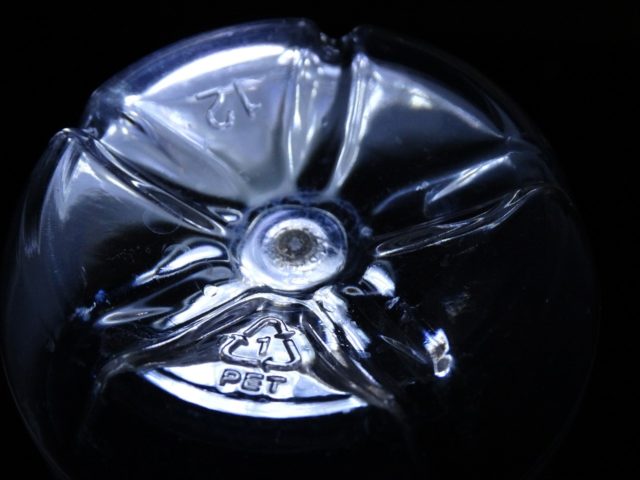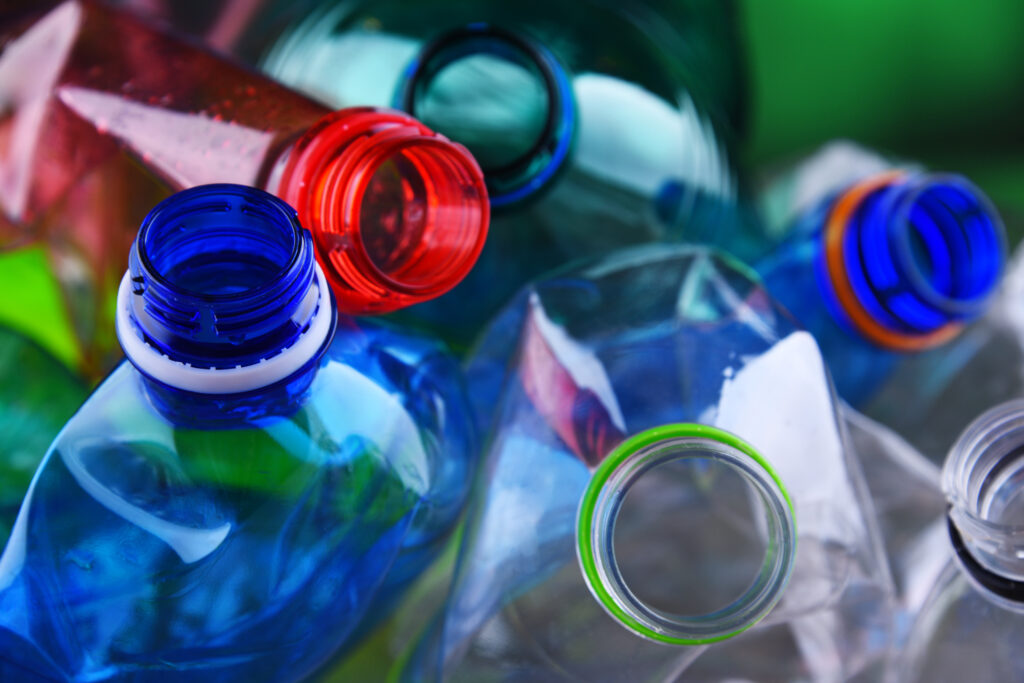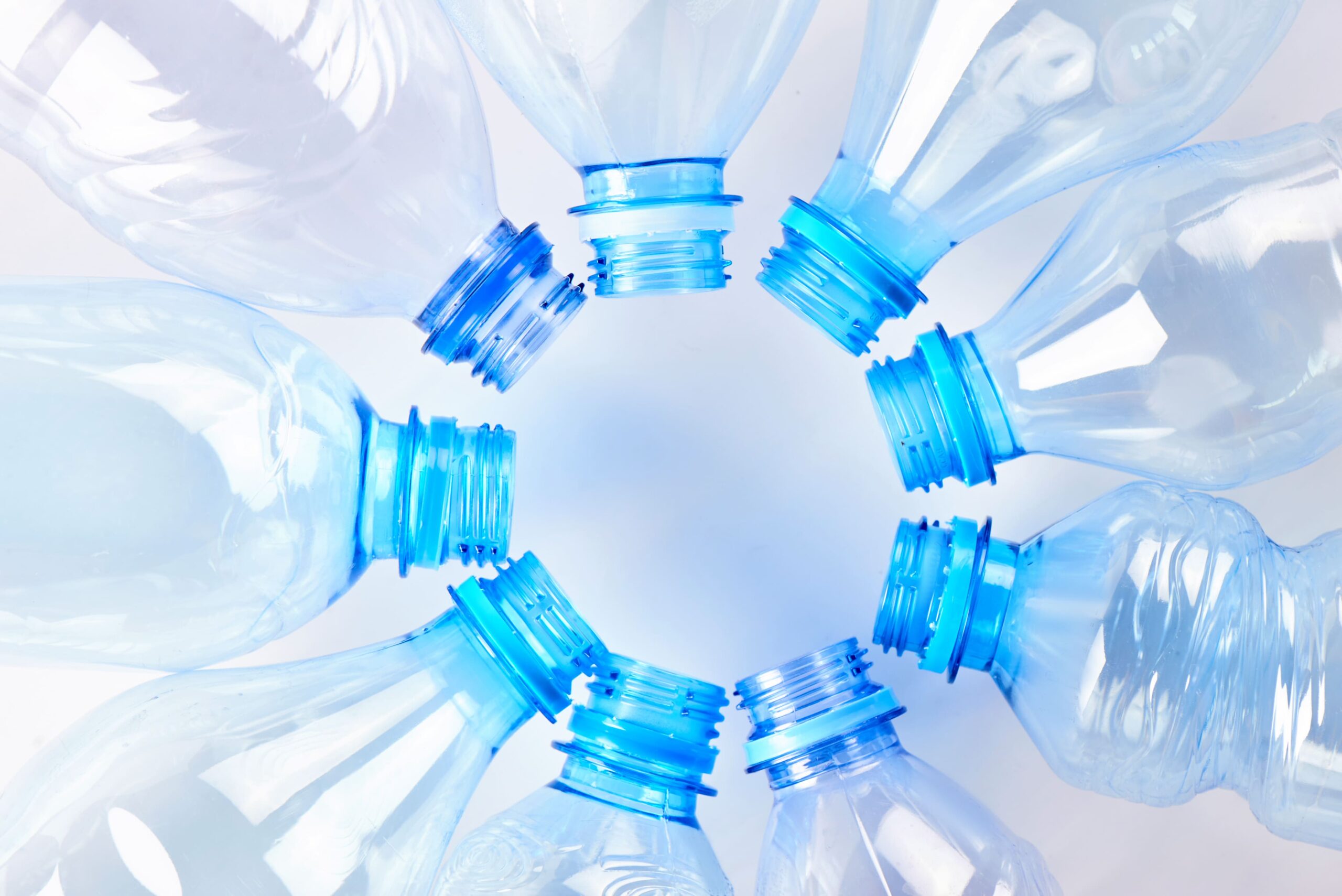PET is short for polyethylene terephthalate, the chemical name for polyester.
Polyethylene terephthalate is a transparent, strong and lightweight plastic that is widely used for packaging food and beverages, especially soft drinks, juices and water bottles, but it is also increasingly used in packaging for fast food, soaps, shampoos, oils, etc.
PET is a combination of a polymer chain based on ethylene glycol and terephthalic acid.
In the 60 years since it was first synthesized, PET has become one of the most widely used, versatile and reliable materials in the world.
Fully recyclable
PET is fully recyclable and is the most recycled plastic worldwide.
It can be easily identified by the number 1 of the triangular “chasing arrows” code, which is usually molded into the bottom or side of the container. No other plastic carries code #1.

The number 1 to 7 surrounded by the triangle of arrows (Moebius strip) is a symbol that was created in 1988 in the United States by the Society of the Plastics Industry (SPI).
It indicates, with some variations and adaptations depending on the country, the material of which a container is composed, which is important for its subsequent classification in processing centers.
This classification unifies all products with the same number and guarantees a better recycling method. PET can be recycled commercially by thorough washing and re-melting, or by chemically breaking it down into its component materials to make a new PET resin. Nearly all municipal recycling programs in North America and Europe accept PET containers.
A new study shows a steady increase in the collection and recycling of PET and the use of rPET in new products, including food contact bottles, and forecasts significant growth in the coming years.

Sustainable
PET is a very energy-efficient packaging material.
Although its raw materials are derived from oil and natural gas, it enjoys a very favorable sustainability profile compared to glass, aluminum and other packaging materials.
Its sustainability soars further when recycling is introduced, as approximately 40% of PET’s energy use is attributable to its “resource energy”: the energy inherently trapped in its raw materials that can be recaptured and reused through recycling.
PET’s high strength compared to its light weight is one of the main keys to its energy efficiency, as it allows more products to be delivered in less packaging and less fuel to be used for transportation.
Europe is among the countries with the highest PET recycling rate at 52%.
The significant increase in PET collection and recycling is expected to send a positive signal to the market and boost confidence to further accelerate PET circularity.

